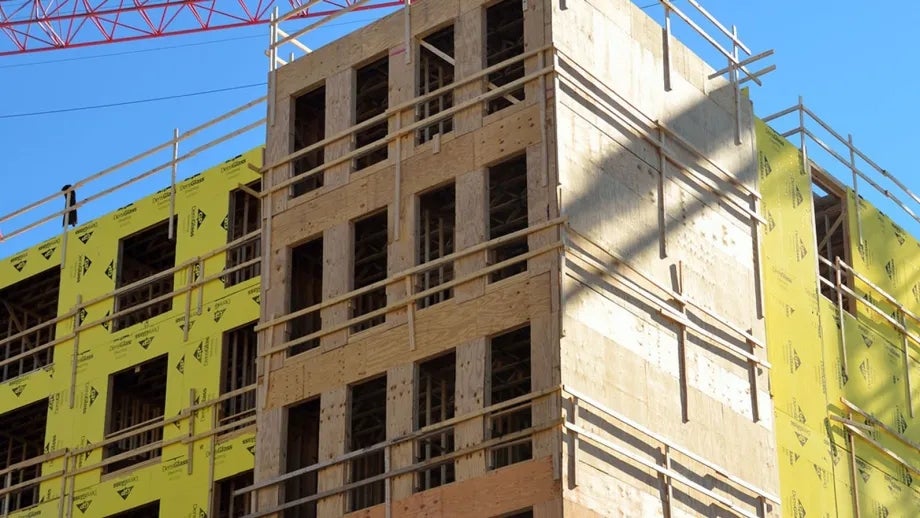MTC Offers Cities, Counties Big Carrot to Spur Affordable Housing
Taking a bold step to ease the Bay Area’s persistent shortage of affordable housing, MTC last week established a $76 million grant program known as the Housing Incentive Pool, or HIP for short, to reward with transportation infrastructure dollars the cities and counties that over the next five years produce or preserve the largest number of affordable housing units in designated Priority Development Areas or in Transit Priority Areas. These are areas that cities and counties have identified as preferred locations for new homes, job growth and other investment, or that are near transit hubs.
The HIP commitment includes $46 million in state funds administered by MTC through the Regional Transportation Improvement Program (RTIP) plus $30 million in flexible federal funds through the second round of the Commission’s One Bay Area Grant (OBAG 2) program.
As part of the HIP initiative, MTC is establishing a pilot program through which cities and counties can compete for $5 million in grants for infrastructure improvements around affordable housing developments. The Commission and MTC staff in partnership with county congestion management agencies will develop guidelines for this program over the coming months.
The remaining $71 million of HIP money will be distributed on a per-unit basis to the 15 jurisdictions that issue certificates of occupancy for the greatest number of eligible housing units — both newly-built and preserved as affordable to low-, very-low- and moderate-income households over the five calendar years 2018 through 2022. These grants will be awarded only after the fifth year of the HIP time period.
“The idea is to incentivize the construction and preservation of (affordable) housing,” said Steve Heminger, executive director of both MTC and the Association of Bay Area Governments. “We are trying to encourage…whoever can do it, large (jurisdiction) or small.”
MTC and ABAG established several other eligibility criteria for the HIP program as well:
- Preserved affordable housing units must either be subsidized multifamily properties that have been identified by the California Housing Partnership Corp. as being at high or very-high risk of conversion to market-rate rents, or multifamily properties with affordable-but-unrestricted rents on which new long-term rent restrictions have been placed.
- A preserved affordable housing unit with deed restrictions running at least 55 years will be counted as one HIP unit. Units with shorter-term deed restrictions will receive a pro-rated share of a single HIP unit based on this 55-year standard.
- Newly-constructed units must be deed-restricted for continued affordability to low-, very-low or moderate-income households.
- To be eligible for HIP funding, each city or county must have its overall Housing Elements certified by the California Department of Housing and Community Development, and also demonstrate compliance with state housing laws related to surplus lands, accessory dwelling units and density bonuses. Self-certification through a local resolution is allowed to demonstrate compliance with these final three requirements.
Acknowledging the complexity of meeting the demand for affordable housing around the Bay Area, Nick Josefowitz, chairman of MTC’s Programming and Allocations Committee, which guided development of the HIP initiative, said, “This is a good start to what will be more difficult discussions coming up. We have made really good progress here.”


Submit your comment
In order to receive a reply to your comment, please provide an email address.